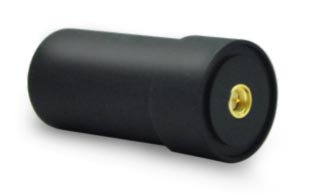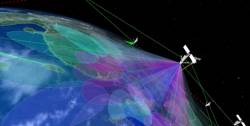Helix Technologies Ltd. has been awarded a significant contract by the European Space Agency (ESA) to develop its NEXTGEN GNSS antenna – a next-generation, multi-frequency GNSS antenna optimized for the advanced Galileo E1 Alt-BOC and wide-band E5 Alt-BOC waveforms for use in driverless cars.
The antenna, to be developed under the ESA’s Navigation Innovation and Support Programme (NAVISP), will provide enhanced performance due to its dielectric, multi-filar construction. It will also be optimized to take maximum advantage of the Galileo E5 Alt-BOC waveform, which enables significantly improved measurement accuracy, precision and multi-path suppression over conventional GNSS signals.
“In order to achieve the 10-centimeter accuracy that is required for autonomous vehicle lane-level positioning within challenging urban multi-path propagation conditions, there is a need both for a significant improvement in current GNSS antenna performance and to fully exploit the advanced Alt-BOC waveforms transmitted by Galileo,” commented John Yates, Managing Director of Helix Technologies.
The NEXTGEN GNSS antenna, which will also be capable of optimized operation with the GPS L1 and L5 M BOC signals, is aimed at the automotive and consumer markets, and the company is targeting Q3 2018 for the manufacture of prototypes. Independent testing and evaluation of the vehicle-mounted antenna performance will be conducted in the challenging multi-path environments of the high-rise financial districts of the City of London and Shanghai.
Helix Technologies, based in Harwell, UK., is developing a range of lightweight, compact, high-performance, dielectric-loaded ceramic antennas for a wide range of demanding telecommunications and navigation applications including autonomous vehicles/driverless cars (GNSS/V2X/DSRC), Internet of Things (IoT), drone delivery platforms, LEO satellite communications, personal body-worn devices and M2M communications.






